Part of what it means to teach history well is to give students an understanding of the greats of history—great battles, great and powerful gods and mythologies, great works of literature, and great rulers and scholars. We’re committed to discussing big things and big ideas, delving deep into our world’s past and how that affects our present. But, at SLOCA, we also believe that some part of teaching history well means showcasing those who maybe weren’t that powerful or influential—the folks who, though thinking great thoughts or doing great (albeit, perhaps, quietly great) things, may have been overlooked, forgotten or even disregarded. We’re committed to studying the great voices of history, but also to discovering those who might not have had a voice in their own time, but were able to speak across time nonetheless. In short, people who have joined the Great Conversation in one way or another, whether they whispered or yelled.
If you’ve been a part of the SLOCA community for a while now, you may already know about our #denrenperson series. For the past two school years, we’ve been posting on our @the.den.at.sloca Instagram account about a variety of historical figures who, regardless of their notoriety, can be regarded as great in some way. Starting this series in our Renaissance history cycle, we began first by showcasing people from that history year who were renaissance men and women—i.e. people who were knowledgable or skilled in a variety of fields, or, in SLOCA lingo, people who were widespread wonderers. From there, our series got a facelift and morphed to fit our American and Modern history year; for 2020-21, we narrowed our focus to spotlight women and people of color who exemplified our SLOCA values and made a difference in our most recent history, despite obstacles. In both years, we combined our commitment to learn from people whose wisdom has stood the test of time and to learn together as a SLOCA community to produce a social media series that was approachable—told in bite-sized Instagram captions—and inspirational—with free smartphone wallpaper featuring a wise quotation from our chosen person.
This year, we’re expanding our series to the blog and to the @sloclassicalacademy Instagram! We want to give even more exposure to this fun project and integrate it more into our main SLOCA communication channels. (Don’t worry, you can find previous years’ people on our old @the.den.at.sloca account—see the story highlights at the top of the page).
With a change of platform comes a change of name! To make this series match its name a little more, we’re calling this series Somebodies…
some·bod·y /ˈsəmbədē/
pronoun
- some person; someone.
- a person of importance or authority. E.g.”I’d like to be somebody”
We think this name embodies who these people are to us. All of these people are just regular old someones, a.k.a human beings, just like the us, who try, fail, and make mistakes, but who are also capable of great goodness, truth, and beauty. AND all of these people are great people—people who have thought important thoughts or done important (though maybe quiet) things, and people whose wisdom we can sit under.
So—after a long introduction and without further ado—we present to you our very first in the Somebodies series: ENHEDUANNA.
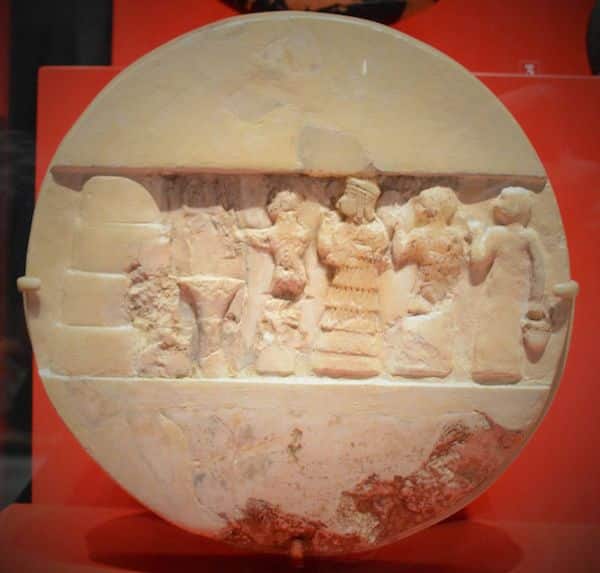
Enheduanna (????? in Sumerian) is the very first author/poet to be recorded in history by name. As Sargon the Great’s daughter (yes, you heard that right, the first recorded-by-name author was a woman!), she lived in the 23rd century BC and was also the first known woman to hold the title of en, or priest, a position of great political and religious power in Akkad. She served as priestess of Inanna, or Ishtar, whom you might know from the Gilgamesh story as the goddess of love and war. Some of Enheduanna’s 42 poems are dedicated to Inanna, while others are hymns used in temple rites. It is from an ancient Akkadian cylinder seal depicting Inanna stepping on a lion that our Enheduanna graphics are inspired!
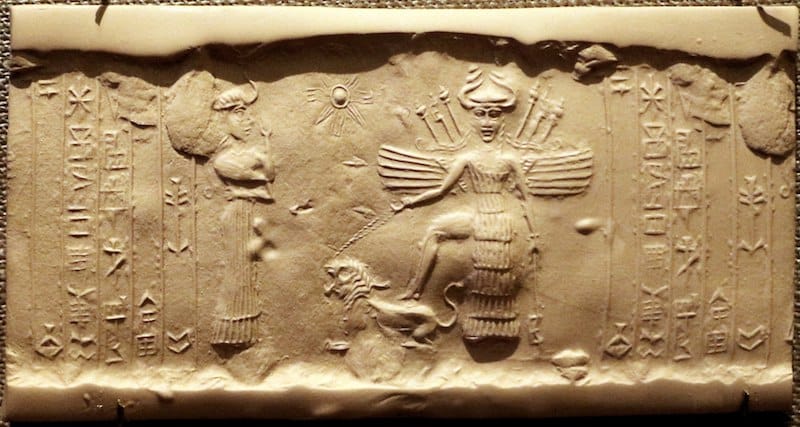
The style and tone of Enheduanna’s poetry can only be described as reverent. She seems to be in awe of Inanna and her power and aware of her humble position in comparison with the powerful goddess. While these feelings may be foreign to many of us, we chose this particular quotation because it speaks directly to one of our SLOCA character traits: HUMILITY. “I, who am I among living creatures?” she asks. Despite her relatively powerful position, Enheduanna here seems to be well aware that she is just one of many living, breathing, feeling, and thinking creatures on this earth. The world is not all about her. She recognizes she is just one voice among many other voices (human and non-human too!) worthy of being heard and listened to.
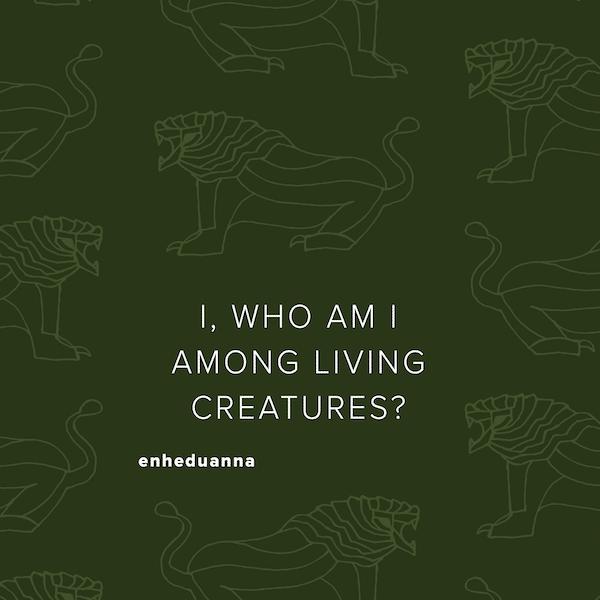
We can’t wait to tell you about some of those other voices worth listening to this year. Tune in next month for our next feature in our #somebodiesseries, but, in the meantime, download the below iPhone wallpaper to remind yourself of Enheduanna’s wisdom on the daily!
Thank you to Sage for our first SLOCA Somebodies post!












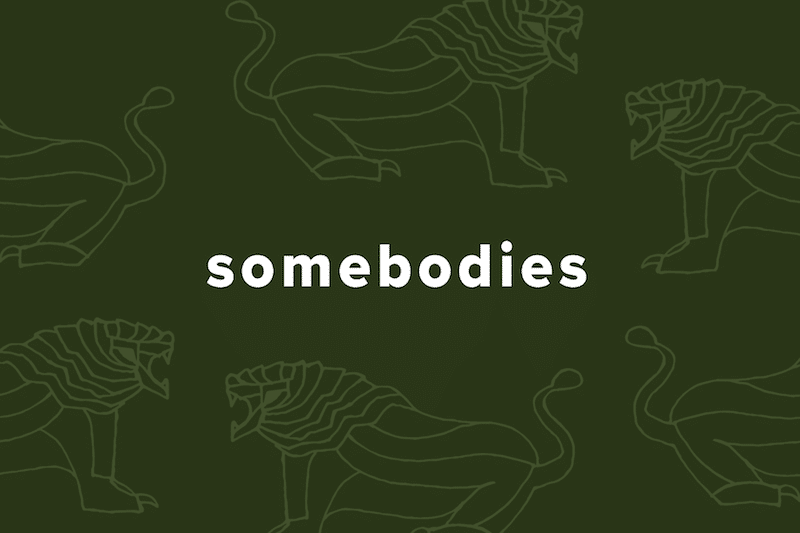
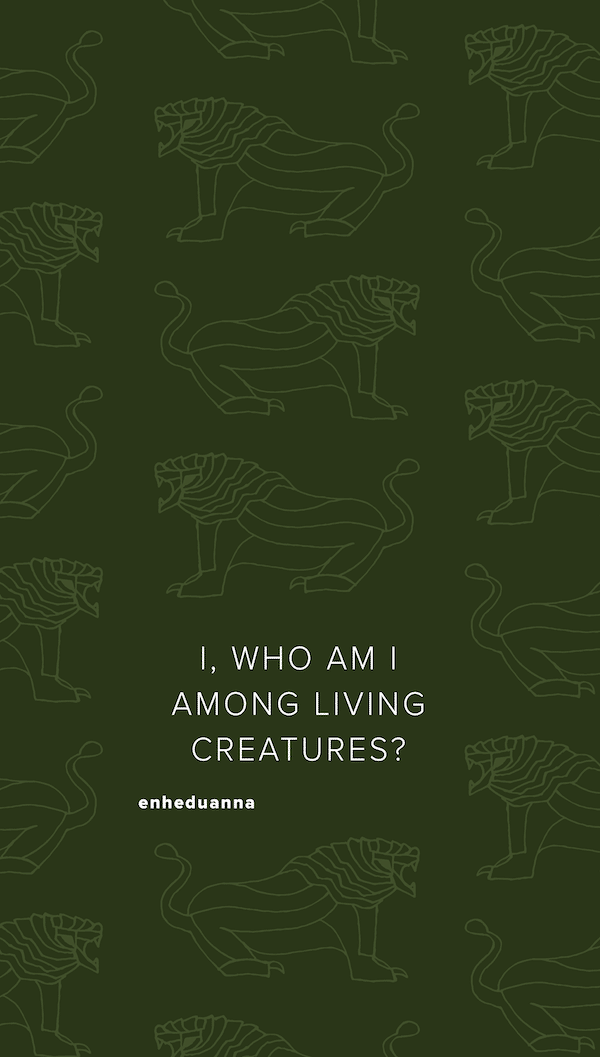
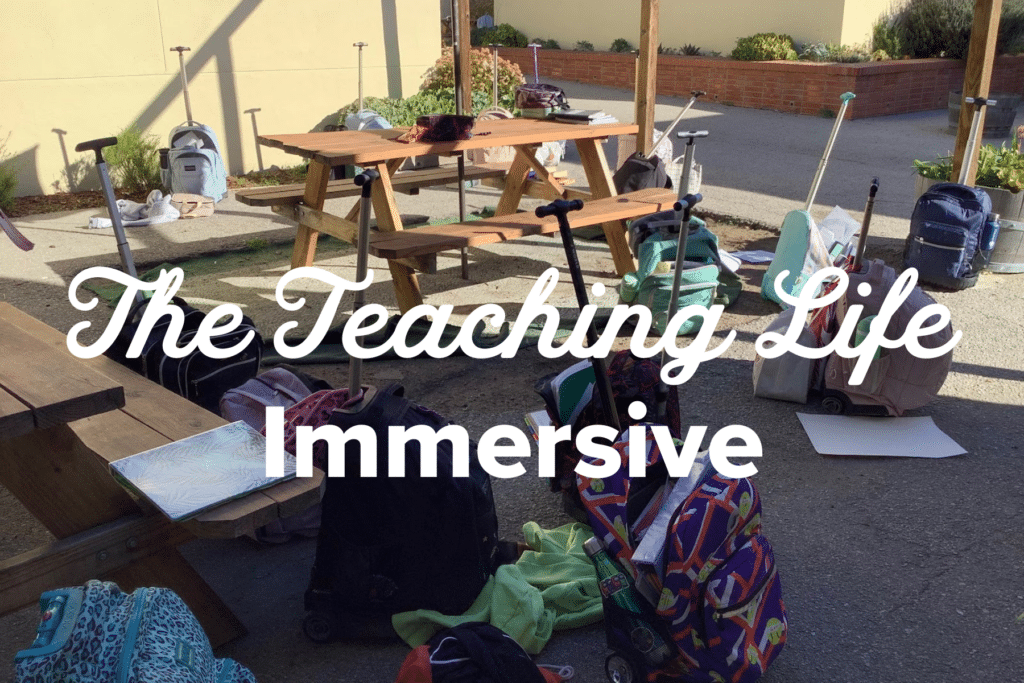





2 thoughts on “Introducing: SLOCA Somebodies + Enheduanna!”
I love this series! Looking forward to learning about more Somebodies.
Such a fascinating series! Looking forward to future posts!